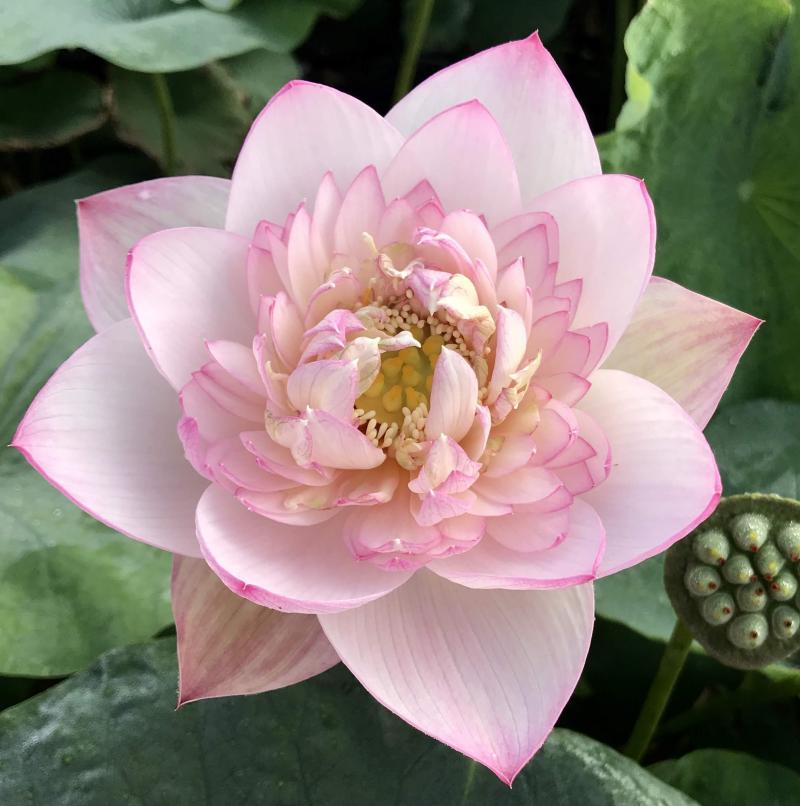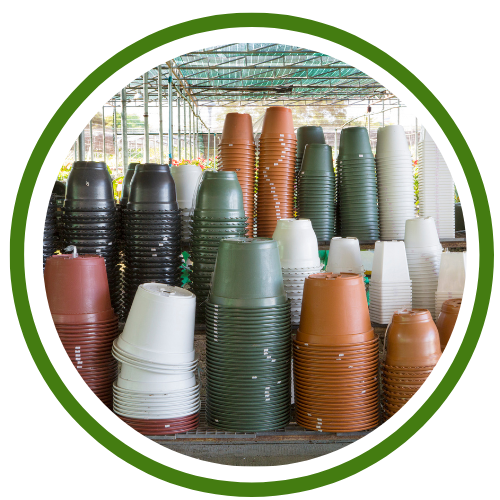Pots are an essential part of gardening, as they provide a home for plants and add a decorative element to your indoor or outdoor space. In this blog post, we will explore the different types of pots available and provide some tips for choosing the right pots for your plants.
Types of pots
There are many types of pots available, each with its own advantages and disadvantages. Here are some of the most popular types of pots:
-
Terracotta: Terracotta pots are made of clay and are known for their natural, earthy look. They are porous, allowing air and water to circulate through the soil, which can be beneficial for some plants. However, they can also dry out quickly and break easily.
-
Ceramic: Ceramic pots come in a variety of colors and designs and are a popular choice for indoor plants. They are less porous than terracotta pots, which can help retain moisture in the soil. However, they can be heavy and may break if dropped.
-
Plastic: Plastic pots are lightweight and durable, making them a popular choice for outdoor plants. They come in a variety of colors and sizes and are often less expensive than other types of pots. However, they are not as breathable as other materials, which can lead to problems with overwatering.
-
Metal: Metal pots, such as those made of copper or brass, can add a touch of elegance and sophistication to your space. They are durable and long-lasting, but can be heavy and may require special care to prevent rusting.
Choosing the right pots
When choosing pots for your plants, there are several factors to consider. Here are some tips to help you choose the right pots for your plants:
-
Size: Choose a pot that is large enough to accommodate the root system of your plant, but not so large that it will drown in excess water.
-
Drainage: Make sure the pot has drainage holes to allow excess water to drain out of the soil. If the pot does not have drainage holes, you can create them using a drill or hammer and nail.
-
Material: Consider the material of the pot and how it will affect the soil moisture and airflow.
-
Style: Choose a pot that complements the style of your space and enhances the overall aesthetic.
Potting tips
Here are some tips for potting your plants:
-
Use a high-quality potting mix that is designed for the type of plant you are growing.
-
Add a layer of rocks or gravel to the bottom of the pot to improve drainage.
-
Water your plants regularly, but be careful not to overwater. Check the soil moisture level by sticking your finger about an inch into the soil.
-
Rotate your pots regularly to ensure even growth and exposure to sunlight.
In conclusion, pots are an important part of gardening and can add both function and beauty to your indoor or outdoor space. By choosing the right pots and caring for your plants properly, you can create a thriving and beautiful garden that you can enjoy for years to come.

